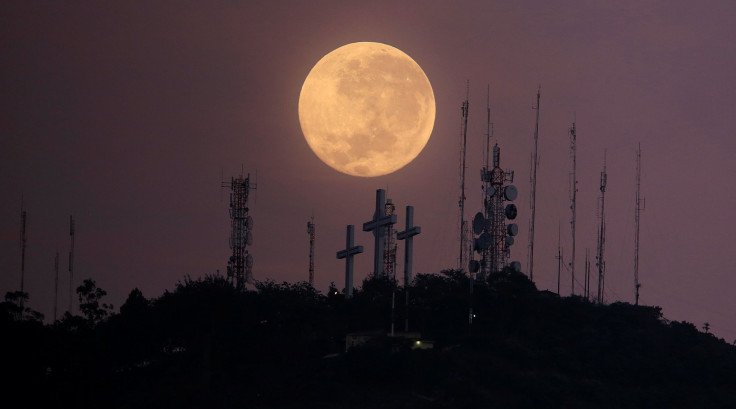Supermoon November 2016 Australia: When and where to best view the biggest supermoon of the last 70 years

Australians will be able to see something nobody has seen for nearly 70 years: an extra-super moon. For the last three months of this year, the moon is set to get closer to our planet. People will get to see three full moons in a row, but none fuller than the November 2016 supermoon.
The occurrence of three consecutive supermoons is a rare astronomical feat on its own, but the one people will get to see this month will make a mark in history. It will be the first time since January 1948 that the moon will be closest to the Earth, making it the biggest supermoon in almost 70 years.
What exactly is a supermoon
According to NASA, the term “supermoon” has only gained popularity the last few years. It was initially used in modern astrology to describe a new or full moon that occurs as a result of the satellite being within 90 percent of its closest approach to Earth in a given orbit. The term was coined by astrologer Richard Nolle in 1979. Today, supermoon is loosely used to describe a full moon that is closer to Earth than usual.
A supermoon occurs due to the moon’s elliptical orbit where one side, called perigee, is about 30,000 miles closer to Earth than the opposite side called apogee. When the Earth, sun and moon line up while our satellite orbits our planet, the episode is described as syzygy. When perigee-syzygy of the Earth-moon-sun order ensues and the moon is on the opposite side of the Earth from the sun, a supermoon develops. “Perigee moon” is the moniker that astronomy enthusiasts favour over “supermoon.”
What makes the November 2016 supermoon extra special
The November extra-super moon, as NASA calls it, will not only be the closest full moon of this year but will also be the closest full moon of the 21st century to date. Such an event won’t happen again until Nov. 25, 2034.
When and where to best view the November 2016 supermoon in Australia
The historical supermoon will evolve on Nov. 14. Perry Vlahos, the vice president of the Astronomical Society of Victoria, said via The Sydney Morning Herald that those who wish to see the extra-super moon rise should go at dusk to an east-facing beach or to the highest point of a hill or mountain with unobstructed views to the east.
“In Sydney, any of the beaches facing towards the east, like Manly or Bondi, would be good. In Melbourne, it would be a beach on the western side of Port Phillip Bay,” said Vlahos.
According to ScienceAlert, the supermoon is going to be best seen on a dark location, away from the city lights. The best time to take photos will be at about 12:52 a.m. AEST of Nov. 15, when the moon reaches its full state.





















